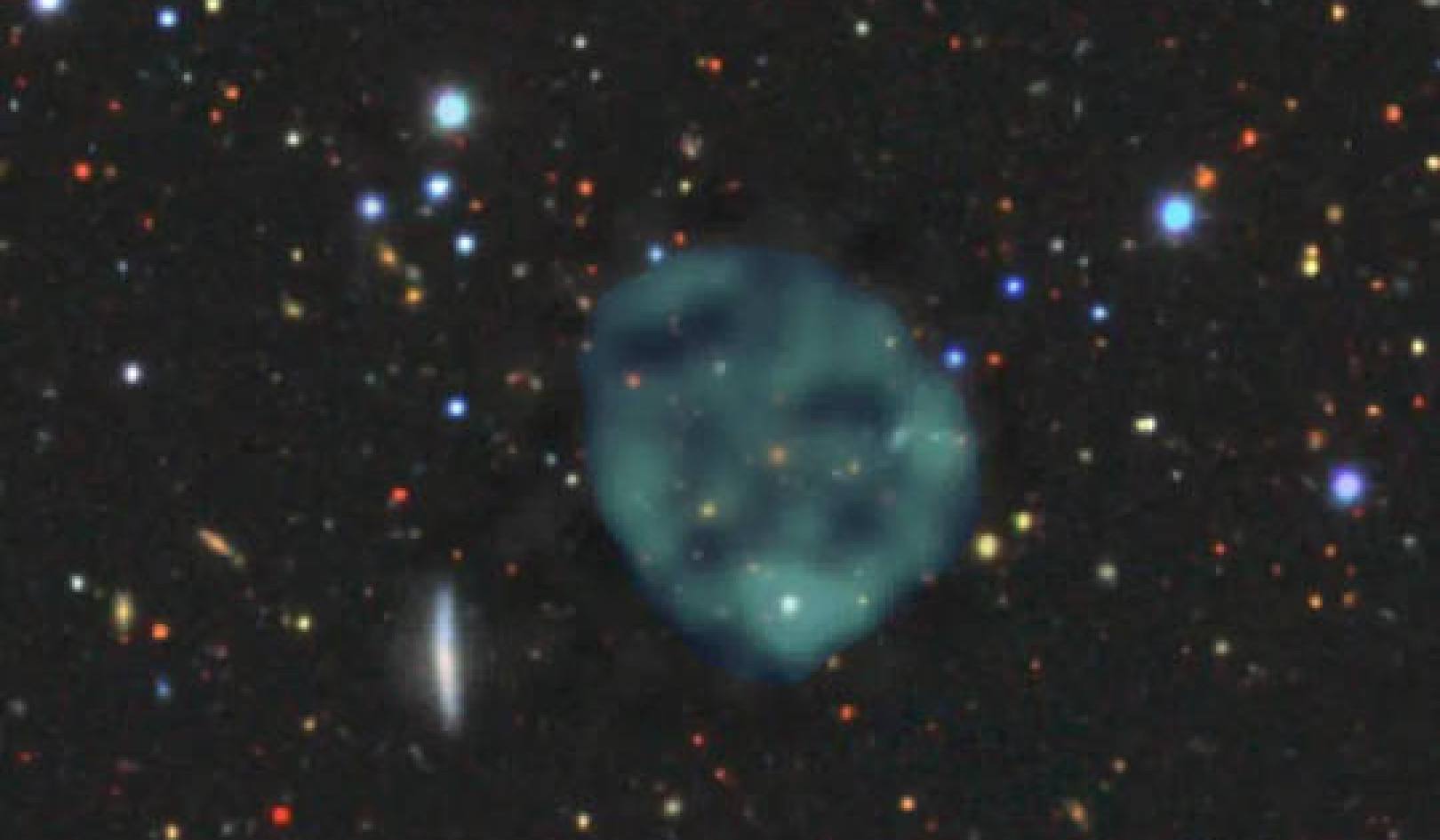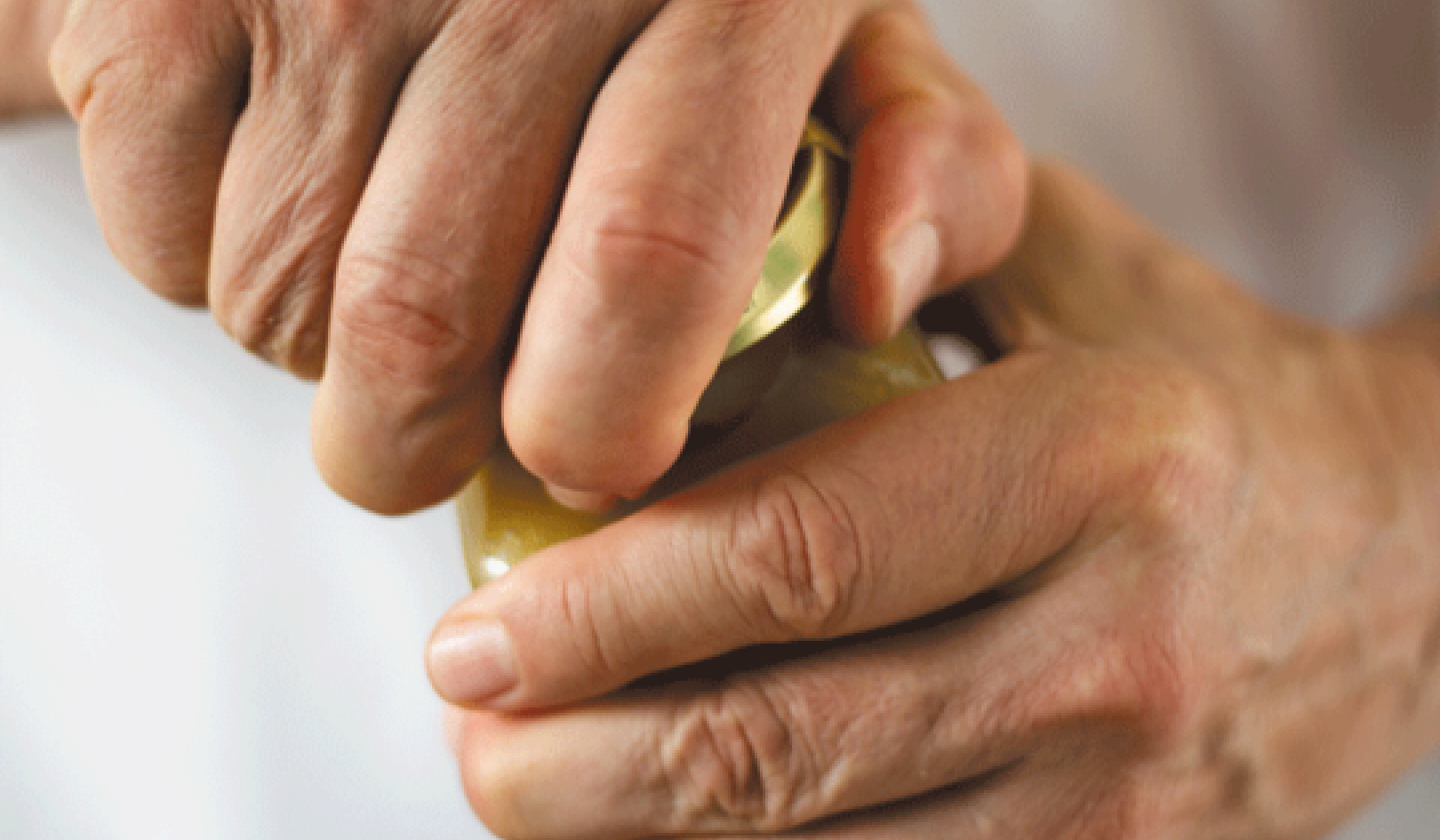Breast Cancer Protection Revisited
The premise for taking tamoxifen is its supposed role in protecting breast cancer patients from its recurrence. However, the benefits of tamoxifen are limited. Virtually all women who take it become resistant within five years. It was postulated that it prevented breast cancer from occurring in the opposite breast, known as contralateral cancer. However, disturbing findings continue to surface challenging tamoxifen's effectiveness. In 1992, the New England Journal of Medicine showed that tamoxifen may reduce the incidence of contralateral cancer but only in premenopausal women and only in three of eight trials. In another 1992 study, tamoxifen not only failed to reduce contralateral cancers in premenopausal women, it actually increased their incidence.15
The shocking truth about tamoxifen's effect on breast cancer, appeared in a recent study published in the journal, Science in July 1999. Researchers acknowledged that tamoxifen eventually loses its effectiveness and then may actually help some cancers to grow. Their clinical experience revealed that after only two to five years, tamoxifen's supposed anti-estrogen fades and estrogen-sensitive cancers begin to grow again thus increasing the risk of breast and uterine cancers!
Heart Disease and Osteoporosis
The promise of tamoxifen was its supposed protective benefits to the heart and bones. It was theorized that its estrogenic properties would help reduce heart disease and osteoporosis in women but, once again, the theory crumbled under the weight of hard facts. Several trials with tamoxifen failed to show that it has any effect on bone density and thus on prevention of osteoporosis. In three other trials, bone density increased slightly in lower spinal vertebra but not in longer bones or hip bones which are particularly susceptible to fractures and potentially fatal complications.
Initial data seemed to indicate that it decreased the incidence of heart attacks. However, in January 1996, it was reported by the National Cancer Institute that tamoxifen failed to prevent heart disease in breast cancer patients.16
Tamoxifen: A Known Carcinogen
It wasn't long before laboratory studies showed that tamoxifen acted as a carcinogen. It binds tightly and irreversibly to DNA, the genetic blueprint of a cell causing a cancerous mutation to take place. No amount of tamoxifen is safe when it comes to carcinogenic effects.
The irony of tamoxifen is that while widely publicized as the leading treatment for the recurrence of breast cancer, it is, in fact, a known carcinogenic substance. The World Health Organization, after reviewing the existing information about the carcinogenicity of tamoxifen, found unequivocal evidence confirming tamoxifen as human carcinogen.
On May 16, 2000, The New York Times printed an article, "U.S.. Report Adds to List of Carcinogens". It reported that National Institute for Environmental Health Sciences listed 218 substances known or suspected to cause cancer in people. Tamoxifen was included in that list.
Alternatives to Tamoxifen
While the cancer establishment continues to invest huge amounts of money into research, manufacturing, and trialing of harmful drugs for the prevention and hopeful cure of breast cancer, safe and effective options already exist.17
There is convincing evidence that natural progesterone has an important role in breast cancer treatment and prevention. A 1981 study revealed that when a group with a low progesterone was compared with a normal progesterone group, the incidence of breast cancer in the low progesterone group was over 80 percent greater than in the normal progesterone group.
In 1995, researchers found that women using a topical progesterone cream had dramatically reduced cell multiplication rates of breast cell growth compared to women using either a placebo or estrogen, demonstrating that natural progesterone creams impressively decreased breast cell proliferation rates.18
Lifestyle factors also play a significant role. Everyday exercise, both at work and at leisure, reduces breast cancer risk. Women who exercised at least four hours a week during leisure time were found to have a 37 percent reduction in risk of breast cancer compared with sedentary women.19
It is now known that reducing caloric intake reduces estrogen levels. Recent studies find 46 percent less breast cancer among women consuming more fruit and vegetables, especially cruciferous vegetables like broccoli, cabbage, and brussel sprouts. Eating organic foods, which eliminates the carcinogenic pesticides and hormones, is essential. Women interested in preventing breast cancer could make modest changes in diet and derive better and certainly safer results.20
History continues to repeat itself. Time and time again woman have been reassured that the wonder drugs or treatments offered them would be their salvation only to discover they were knowingly exposed to harmful carcinogenic chemicals. The warnings were drowned out by the glossy advertising campaigns and the reassurances of "medical experts".
Solutions to the Breast Cancer Epidemic
There are solutions to the breast cancer epidemic. However, they will be found more by altering lifestyle -- as well as dietary, nutritional, and stress factors, and reducing exposure to the many known toxic, carcinogenic environmental pollutants -- than by some miraculous drug discovery. It is also up to women not only to continue to become fully educated about safe health options but to demand them from health providers. Too many women's lives have already been maimed and sacrificed to unproven and unsafe drug treatments.
It is widely believed that today's drugs are tomorrow's poisons. In the case of tamoxifen, tomorrow has already arrived.
Resources:
-
The National Foundation for Alternative Medicine. 202-463-4900. Investigates and recommends successful cancer clinics worldwide. www.nfam.org.
-
The Cancer Control Society: A referral service to clinics and practitioners using successful alternative cancer treatments. www.cancercontrolsociety.com.
-
Optimal Health Products: Offers Cruciflax, a natural alternative to tamoxifen, which is a whole food supplement that eliminates toxic estrogen metabolites from the body. www.blisscream.com. 888-641-2547.
-
Ralph Moss. Ph.D. is the author of 11 books and three documentaries exploring successful alternative cancer treatments. He researches individual reports on the most effective treatments for a particular kinds of cancer. www.ralphmoss.com.
Footnotes and References: click here.
 Sherrill Sellman's eight years of research
Sherrill Sellman's eight years of research
resulted in writing the book "Hormone Heresy:
What Women Must Know About Their Hormones."
Info/Order this book
About The Author
 SHERRILL SELLMAN is a psychotherapist, lecturer, and Women's Health Educator. Sherrill actively writes for health magazines in over 12 different countries and presents public and corporate lectures and trainings in Australia, New Zealand, America, Canada, and England. Sherrill offers a Hormonal Balancing Coaching Program by phone consultation at (918) 437-1058. For further info visit www.ssellman.com or email
SHERRILL SELLMAN is a psychotherapist, lecturer, and Women's Health Educator. Sherrill actively writes for health magazines in over 12 different countries and presents public and corporate lectures and trainings in Australia, New Zealand, America, Canada, and England. Sherrill offers a Hormonal Balancing Coaching Program by phone consultation at (918) 437-1058. For further info visit www.ssellman.com or email

























